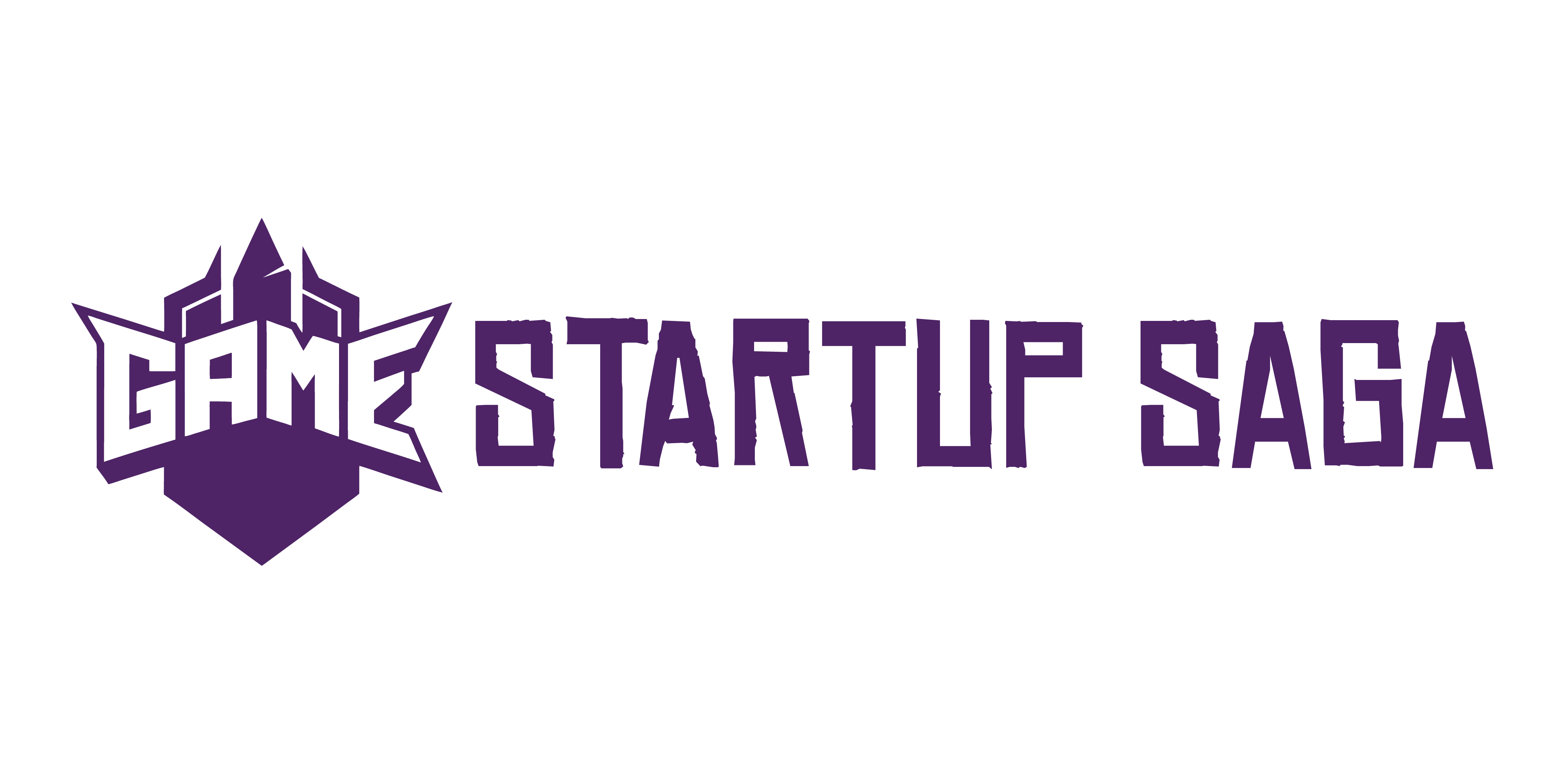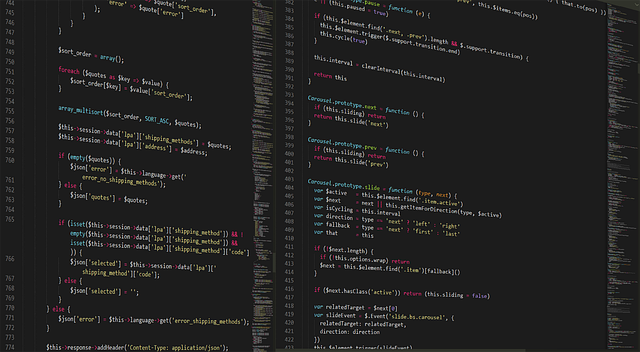Introduction
What Does Agile Mean in Game Development?
Agile isn’t just a buzzword—it represents a mindset shift in how games are built. In a game dev context, Agile means prioritizing:
- Iterative development cycles
- Collaborative workflows between disciplines
- Flexibility in design and technical execution
Game development rarely follows a straight path. Storylines evolve, mechanics are rebalanced, and player feedback pushes features in new directions. Agile embraces that fluidity, allowing teams to adapt without derailing momentum.
Why Flexibility Beats Rigid Pipelines
Traditional pipelines—often inspired by film production—tend to front-load planning and lock in designs early. But games are interactive, and their success frequently hinges on playtesting and refinement.
Agile methodologies allow for:
- Continuous feedback from testers and early adopters
- Faster iteration and course correction
- Reduced risk of wasted development time
This flexibility leads to better player experiences and fewer late-stage overhauls.
How Studios Are Adapting Agile—At Every Size
Whether you’re an indie dev working out of a home office or a large studio with hundreds of team members, Agile can be scaled to fit your needs.
- Indie studios often adopt lightweight Agile practices like Kanban to stay focused and ship quickly.
- Mid-size teams may use a blend of Scrum for structured sprints and kanban boards for creative workflows.
- AAA studios are increasingly carving out Agile units within broader departments to drive innovation without disrupting legacy systems.
The common thread: moving away from rigid, top-down planning and toward adaptive, feedback-driven development cycles.
Agile vs. Traditional Game Dev
Waterfall development sounds good on paper—map it all out, build to spec, ship. But in practice, games rarely stay still. Ideas evolve, mechanics break, level designs shift. Waterfall’s linear structure doesn’t leave room for that. Once you’re deep into production, going back means lost time, sunk costs, and a pile of team frustration.
Agile flips that around. Instead of locking in a full plan up front, it leans into change. Priorities can shift mid-sprint, and that’s not a bug—it’s the system working. Features are tested earlier, and feedback lands when it still matters. This makes it easier to kill what’s not working before it drains budget and morale.
By running in short, adaptive cycles, teams get a tighter feedback loop. Prototypes go out faster. Mistakes are smaller. Games feel the impact of better design choices early on. That responsiveness is what makes Agile a better fit for creative, moving targets like game development.
Core Agile Frameworks in Use
Agile in game dev isn’t one-size-fits-all. Studios are borrowing from frameworks like Scrum and Kanban to piece together something that actually works for making games—flexible, iterative, and built for teams with overlapping responsibilities and shifting goals.
Scrum brings structure to chaos. The product owner keeps the vision pointed in the right direction, prioritizing what gets built and why. Sprint planning helps break big, creative tasks into what’s realistic in 1-2 week bursts. Daily stand-ups cut the fluff and keep the team grounded in progress—what’s done, blocked, or up next. Scrum fits best when the team needs clear momentum and short-term focus on a rolling deadline.
Kanban, on the other hand, is about flow. It’s great for visual thinkers—and for workloads that constantly shift. Boards show who’s doing what, reveal bottlenecks fast, and make progress (or lack of it) impossible to ignore. Fewer rules, more visibility. It works well for art teams juggling animations, or devs fixing bugs across builds.
What we’re seeing more of, though, is hybrid setups: sprints for design cycles, Kanban for QA, and custom rituals tailored to the studio. Game production is messy. Mixing methods gives teams tools that flex, not snap, when complications show up. It’s not about purity—it’s about shipping the game without burning out.
Key Benefits of Agile in Game Dev
Agile works because it brings players into the process earlier, not just at the end. Studios are building quick prototypes, testing fast, and ditching what doesn’t work. No more polishing a game for two years only to find out the core mechanic isn’t fun. By testing early, dev teams catch design flaws while they’re still cheap to fix—and double down on what players actually connect with.
Equally important is tight collaboration. Agile breaks down walls between teams. Designers don’t throw over specs to artists and programmers and walk away. Instead, there’s a constant feedback loop. Everyone’s in the room, everyone’s solving problems together. That makes for smoother integration and fewer painful rewrites late in the cycle.
Most game plans don’t survive first contact with players. Agile allows studios to pivot—on tone, systems, or even entire features—based on playtesting or shifting market trends. It’s uncomfortable sometimes, but staying rigid is worse. Agile gives teams room to explore, build smarter, and keep pace without burning out.
Pain Points & How Teams Overcome Them
Even with Agile in play, things can go off the rails. Scope creep is a big one—features stack up, visions shift mid-sprint, and suddenly your simple inventory system has a dynamic barter network and a sentient merchant race. It happens. Agile doesn’t stop scope creep, but it lets teams spot it early and adapt, ideally before it burns the timeline.
Another friction point? Misaligned clocks. Creative teams dream big and iterate freely, while technical teams operate on tighter estimates and resource limits. Without coordination, one team’s revision becomes another’s rework. This is where Agile rituals earn their keep—stand-ups, retros, and planning sessions force alignment before things derail.
What keeps it all from collapsing? Tools and discipline. Digital boards like Jira and Trello (or lightweight ones like Notion) help track work, visualize dependencies, and flag blockers. But the real power is in habits: weekly sprint reviews, realistic roadmaps, and the courage to say “not now” to shiny ideas that don’t serve the current goal. In Agile game dev, structure isn’t a cage—it’s a compass.
Case Study Snapshot
A Lean Indie Team, Ahead of Schedule
In 2023, a five-person indie studio successfully launched their narrative puzzle game three weeks ahead of their projected release date. While many similar teams struggle with delays due to shifting creative visions or resource constraints, this team embraced Agile from day one—and saw tangible results.
What They Did Differently
- Sprints Mapped to Game Milestones
Instead of traditional task lists, the team structured their sprints around major in-game interactions and story beats. This allowed design, code, and art to move forward in parallel without roadblocks.
- Cross-Discipline Stand-Ups
Daily check-ins weren’t siloed by role. Artists, writers, and engineers all participated, which helped surface blockers early and strengthened team alignment.
- Modular Prototypes, Early Playtesting
They built simple prototypes of game systems in the first few weeks, which were tested weekly with peers. This iterative feedback loop saved them from over-investing in features that didn’t resonate with players.
Why It Worked—and How It Scales
Though small in size, the studio’s disciplined Agile approach offers valuable lessons for larger game teams:
- Shared vocabulary and visual workflows improve communication across departments.
- Frequent, low-stakes testing helps validate core mechanics without delaying the roadmap.
- Flexible backlogs support creative pivots without losing team momentum.
Ultimately, this case reinforces a key Agile tenet: delivering working software early and often—whether you’re five people or fifty.
Related Insight
A solid Agile pipeline is only half the story—if the game itself doesn’t hook players, all the sprints and retros in the world won’t save it. That’s where smart design choices become non-negotiable. Good design isn’t just about visuals or mechanics—it’s about creating experiences that keep people invested.
Want a deeper breakdown of how design directly boosts player engagement? Check out Optimizing Game Design for Better Player Engagement. It digs into design principles that work, ways to align gameplay with emotional payoff, and why empathetic design leads to loyal fans. Worth the read if you’re serious about retention.
Final Thoughts
Agile won’t magically fix a broken game or make a weak idea work. It’s not a cure-all—it’s a mindset. When projects move fast, ideas evolve, and teams need to pivot mid-sprint, Agile keeps things from crumbling. It’s less about jargon and more about staying adaptable in the face of chaos.
Game dev is messy. That’s the point. Agile gives teams a way to build structure around the mess without killing creativity. Done right, it means fewer wasted hours, quicker insights from playtesting, and fewer “we’ll fix it later” regrets. It’s lean, it’s iterative, and it’s brutally honest about what’s working and what’s not.
And don’t forget—the best games are fun to make. When teams are stuck in rigid process hell, that fun disappears. Agile, when used with intention, keeps the process human. And when the team’s having fun, the player can tell.



